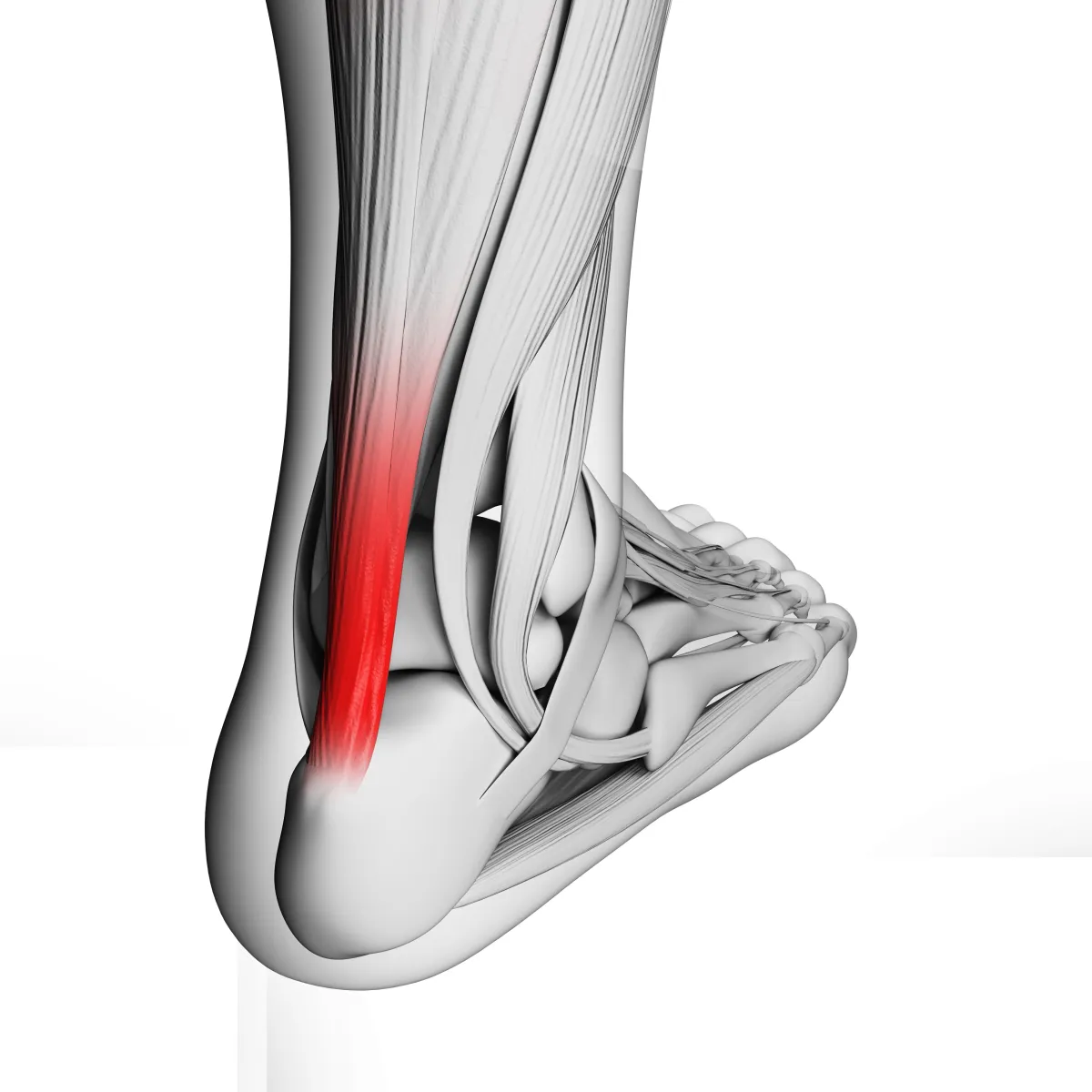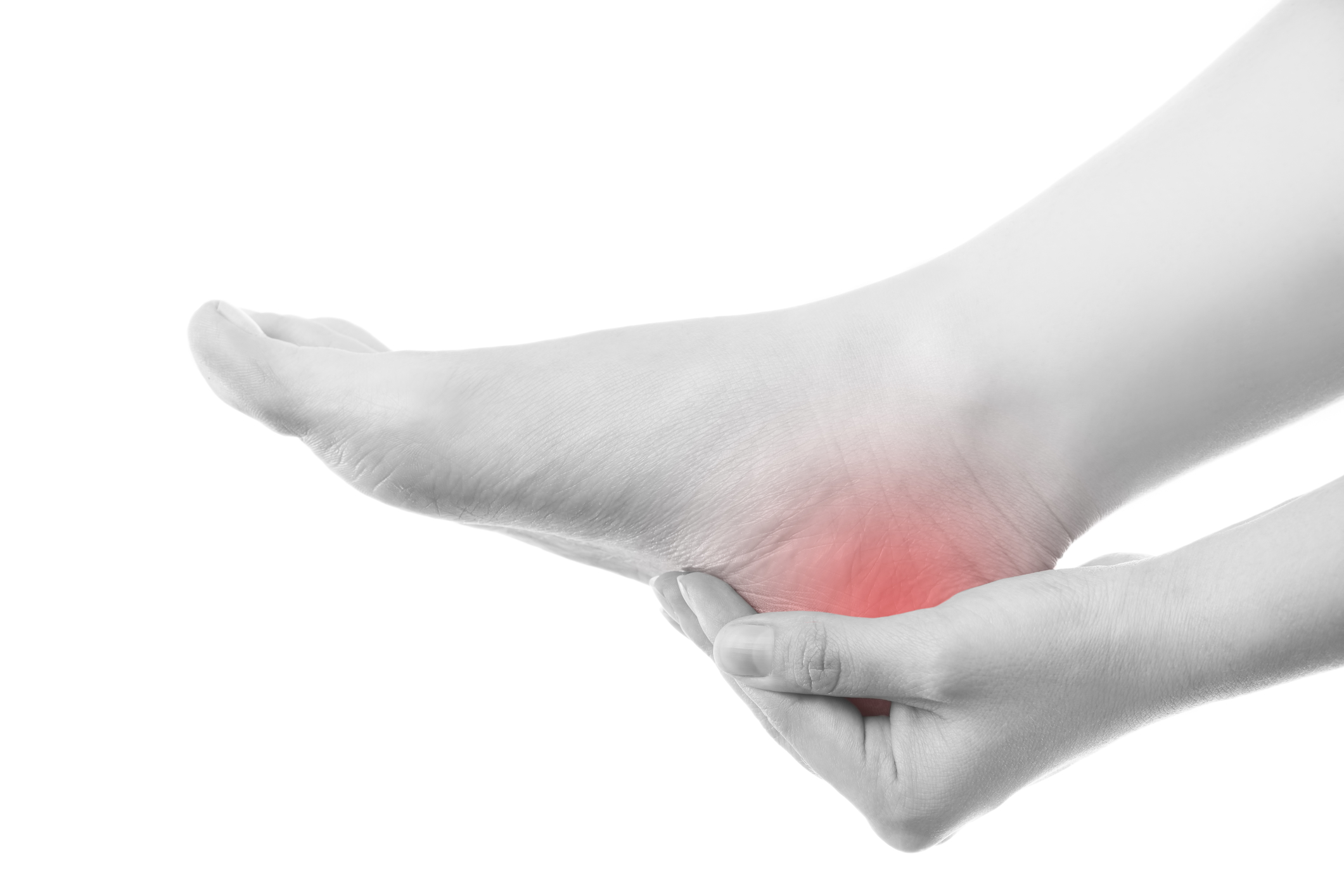
Achilles Tendinopathy Recovery: Timelines and Expectations Explained by a Podiatrist
Achilles Tendinopathy Recovery: Timelines and Expectations Explained by a Podiatrist
Are you struggling with a persistent, nagging pain in your heel? You're not alone. Achilles Tendinopathy, a common yet frustrating condition, can feel like a relentless battle. But there's hope. As a seasoned UK Podiatrist, I've seen firsthand the transformative journey from pain to recovery. Let's embark on this enlightening path to understand and overcome Achilles Tendinopathy together.
Understanding Achilles Tendinopathy:
Achilles Tendinopathy is like an unwelcome guest in your life, disrupting your routine with pain and discomfort. This condition, often misunderstood, is actually an irritation or inflammation of the Achilles tendon, the sturdy band that connects your calf muscles to your heel bone. Imagine your Achilles tendon as a robust cable under constant tension to keep you moving, but it raises a painful alarm when overworked. This is more than just a 'sore heel'; it's a sign of your body demanding attention.
Common Causes and Risk Factors:
Why me? You might ask. Achilles Tendinopathy doesn't play favourites; it can strike anyone. However, certain triggers, like repetitive strain from running or jumping, can provoke it. It's not just athletes at risk - a sudden spike in physical activity or wearing ill-fitting shoes can also be culprits. Let's not forget age; as we grow older, our tendons become less flexible and more prone to wear and tear. Recognising these risk factors is the first step in reclaiming control.
Symptoms to Watch Out For:
The telltale signs of Achilles Tendinopathy are hard to ignore. That sharp pain in your heel when you first step out of bed, the stiffness after sitting for long periods, or the swelling near your heel is your body's way of saying, "Something's not right." If these symptoms sound familiar, listening to your body and not brushing them off as mere discomfort is crucial.
First Steps in Managing Achilles Tendinopathy:
When your heel starts protesting, what should you do? First, respect your body's limits. Rest is not a sign of weakness but a brave step towards healing. Simple measures like the RICE method (Rest, Ice, Compression, Elevation) can be surprisingly effective. But remember, these are just the initial band-aids; seeking professional advice is the key to a long-term solution.
How a Podiatrist Can Help:
As a Podiatrist, I'm not just a 'foot doctor' but your ally in this journey. Through a thorough examination and possibly imaging tests, I can pinpoint the exact cause of your Achilles woes. Custom-tailored treatment plans, ranging from specific exercises to advice on footwear, are my tools to guide you back to your best self. You're not just 'getting treatment'; you're taking a bold step towards a pain-free life.
Recovery and Prevention Strategies:
Recovery is not a sprint; it's a marathon. Each person's journey is unique, with most experiencing significant improvement within weeks to months. The key is patience and persistence. And prevention? It's about making smarter choices – like choosing the right footwear, gradually increasing physical activity, and incorporating Achilles-friendly exercises. It's not just about healing but building a stronger, more resilient you.
Conclusion:
In the world of Achilles Tendinopathy, it's easy to feel lost and disheartened. But remember, this condition is not a life sentence. With the right approach and guidance from a Podiatrist, a return to a pain-free life is more than just a dream; it's an achievable reality. Embrace this journey as an opportunity to heal and understand and care for your body better. Let's take that first step together.

Ask The We Fix Feet Team
Fill in the form to request a Call From Our Team
One of our team will call you for FREE and answer any questions or concerns you may have about your uncomfortable foot condition

Where To Find We Fix Feet
Our We Fix Feet podiatry clinics are conveniently located in Ilkeston, Derbyshire and Beeston, Nottinghamshire
Open: Mon-Fri 09:00-17:00 / Sat 09:00-13:00
94 Bath Street, Ilkeston, Derbyshire DE7 8FE
8 Wollaton Road, Beeston, Nottinghamshire NG9 2NR
Pay and display parking nearby




